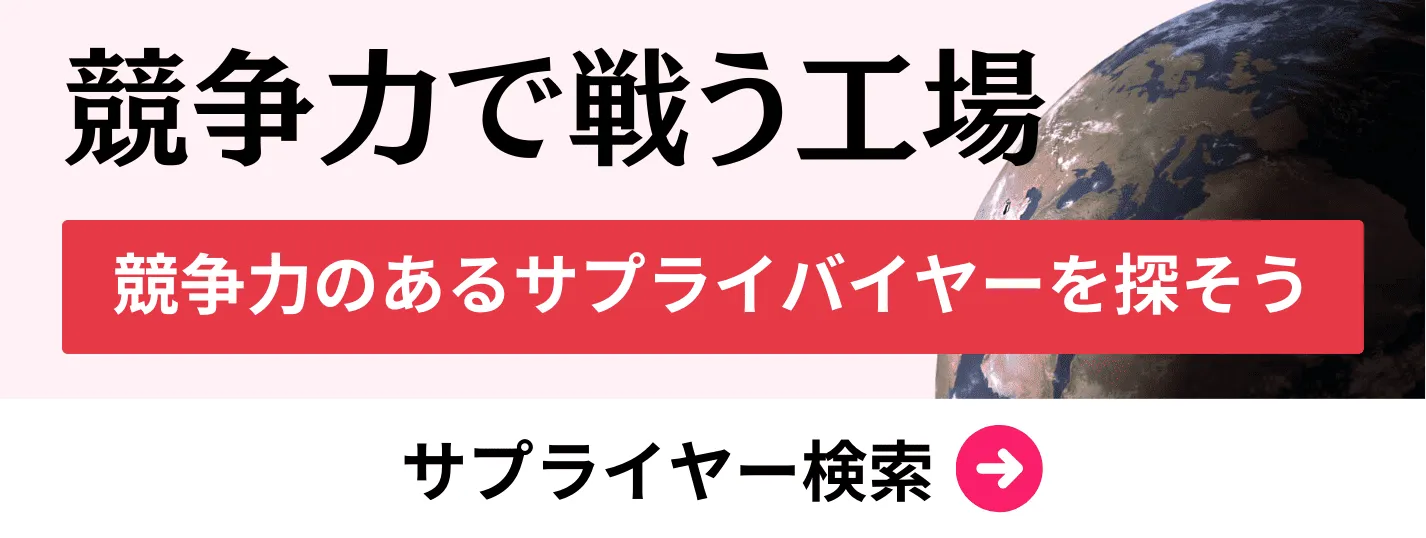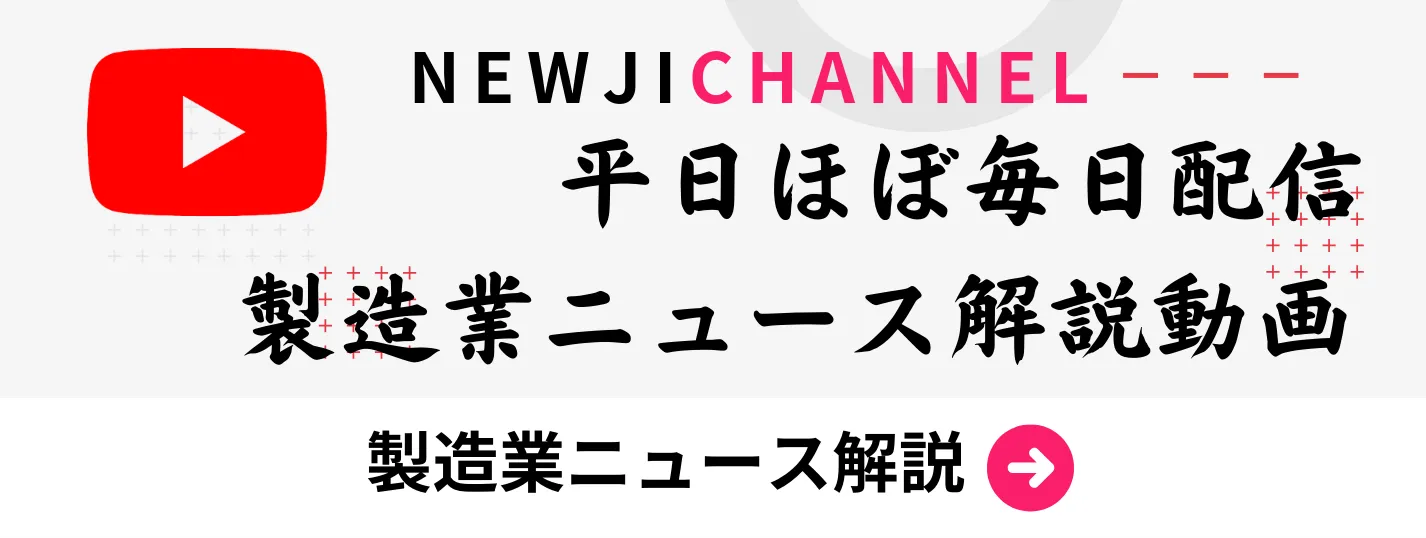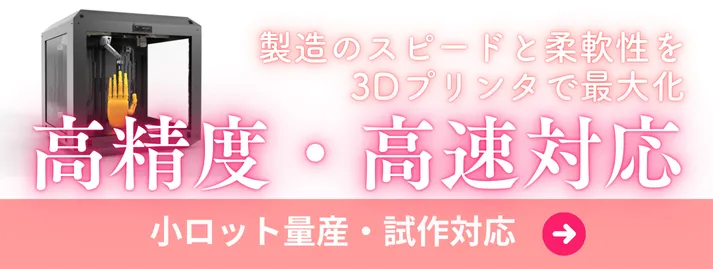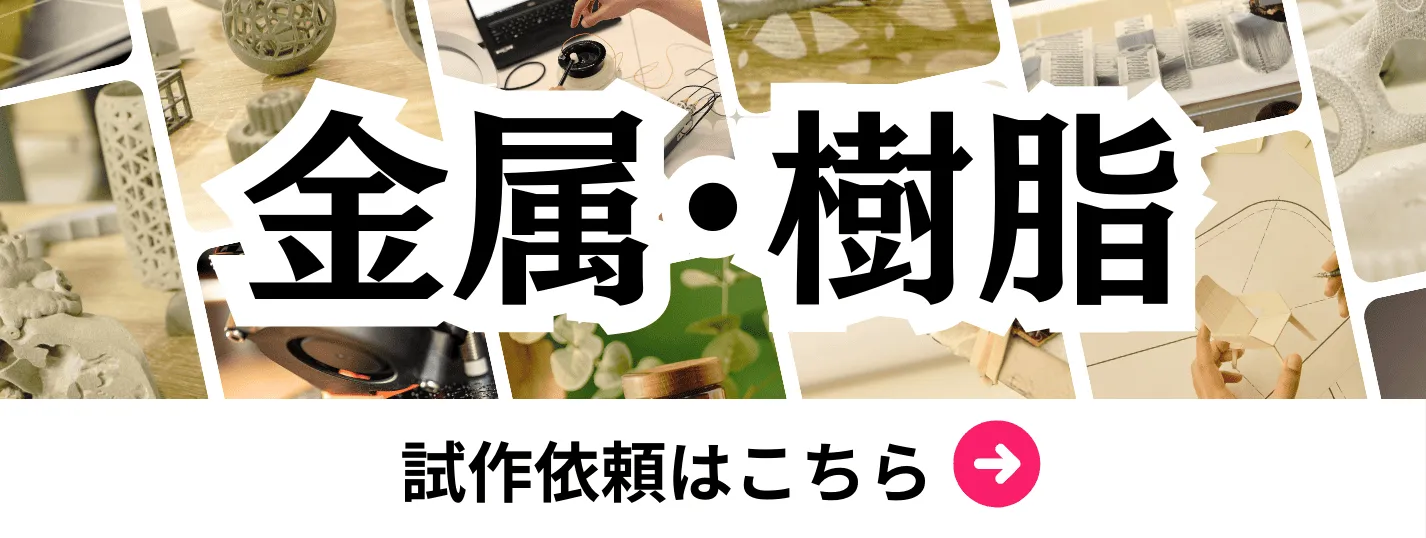- お役立ち記事
- Mastering Precision: Understanding the Role of Cylinder Gauges in Japanese Manufacturing
月間76,176名の
製造業ご担当者様が閲覧しています*
*2025年3月31日現在のGoogle Analyticsのデータより

Mastering Precision: Understanding the Role of Cylinder Gauges in Japanese Manufacturing

目次
Introduction
Precision is the cornerstone of manufacturing excellence, especially in industries where quality and reliability are paramount.
Japanese manufacturing is renowned worldwide for its commitment to precision and high standards.
At the heart of this precision lie tools and instruments that ensure every component meets exact specifications.
One such critical tool is the cylinder gauge.
Understanding the role of cylinder gauges in Japanese manufacturing can provide valuable insights into the meticulous processes that drive this industry’s success.
This article delves into the significance of cylinder gauges, their advantages and disadvantages, effective supplier negotiation techniques, prevailing market conditions, and best practices for procurement and purchasing.
Importance of Precision in Manufacturing
Precision in manufacturing ensures that products are consistent, reliable, and meet the highest quality standards.
In industries such as automotive, aerospace, and electronics, even the slightest deviation can lead to significant setbacks, safety hazards, or product failures.
Japanese manufacturers, in particular, emphasize precision as a key component of their production philosophy.
This commitment is evident in their use of advanced tools, rigorous quality control measures, and continuous improvement strategies.
Impact on Product Quality
High precision leads to superior product quality, minimizing defects and enhancing performance.
Reliable products build trust with consumers and clients, fostering long-term business relationships.
Efficiency and Cost Reduction
Precise manufacturing processes reduce waste and rework, leading to cost savings.
Efficient use of materials and time contributes to overall profitability and competitiveness in the market.
What are Cylinder Gauges?
Cylinder gauges are precision instruments used to measure the dimensions and tolerances of cylindrical components.
They play a crucial role in ensuring that parts meet specific size and shape requirements.
These gauges can measure various parameters, including diameter, roundness, taper, and surface finish.
Types of Cylinder Gauges
There are several types of cylinder gauges, each designed for specific measurement tasks:
– External Cylinder Gages: Used to measure the external dimensions of a cylinder.
– Internal Cylinder Gages: Designed to assess the internal dimensions.
– Universal Cylinder Gages: Versatile instruments capable of measuring various dimensions.
– Calibration Cylinder Gages: Used to verify and calibrate other measuring tools.
Applications in Manufacturing
Cylinder gauges are utilized across multiple manufacturing stages, from initial design and prototyping to mass production and quality assurance.
They ensure that each component adheres to design specifications, facilitating seamless assembly and reliable performance.
Role of Cylinder Gauges in Japanese Manufacturing
Japanese manufacturing integrates cylinder gauges into its production processes to uphold its reputation for precision and quality.
These gauges are essential in various sectors, including automotive, machinery, electronics, and aerospace.
Quality Control and Assurance
In Japanese factories, cylinder gauges are integral to quality control systems.
They enable precise measurements at different production stages, ensuring that any deviations are promptly identified and corrected.
Continuous Improvement (Kaizen)
Cylinder gauges contribute to the Kaizen philosophy by providing accurate data for process improvements.
Consistent measurements help in identifying areas where efficiency can be enhanced and defects minimized.
Advanced Manufacturing Techniques
Japanese manufacturers often employ advanced manufacturing techniques such as CNC machining and robotics.
Cylinder gauges complement these technologies by providing the necessary precision to achieve high-quality outcomes.
Advantages of Using Cylinder Gauges
Integrating cylinder gauges into manufacturing processes offers numerous benefits that enhance overall efficiency and product quality.
Enhanced Accuracy
Cylinder gauges provide precise measurements, ensuring that components meet exact specifications.
This accuracy reduces the risk of errors and inconsistencies in the final product.
Improved Repeatability
Consistent use of cylinder gauges ensures that measurements are repeatable, which is crucial for mass production.
This repeatability leads to uniform products and predictable performance.
Time Efficiency
Automated and precise measurements streamline the production process, saving time and increasing throughput.
Quick identification of measurement results allows for timely adjustments and reduces downtime.
Cost Savings
By minimizing defects and waste, cylinder gauges contribute to significant cost savings.
Reduced rework and material usage enhance profitability and resource management.
Compliance with Standards
Cylinder gauges help manufacturers adhere to industry standards and regulations.
Meeting these standards is essential for market access and maintaining competitive advantage.
Disadvantages and Challenges
Despite their benefits, cylinder gauges present certain challenges that manufacturers must address to maximize their effectiveness.
Initial Cost Investment
High-precision cylinder gauges can be expensive to acquire, posing a significant upfront investment for manufacturers.
This cost may be a barrier for smaller companies or those with limited budgets.
Maintenance and Calibration
Regular maintenance and calibration are essential to ensure the accuracy and longevity of cylinder gauges.
This ongoing requirement can lead to additional costs and resource allocation.
Training Requirements
Effective use of cylinder gauges necessitates specialized training for personnel.
Manufacturers must invest in training programs to ensure that staff can operate and interpret measurements accurately.
Limited Flexibility
Certain cylinder gauges are designed for specific applications and may lack versatility.
This limitation can restrict their use in diverse manufacturing scenarios, necessitating multiple types of gauges.
Integration with Existing Systems
Incorporating cylinder gauges into established manufacturing processes may present integration challenges.
Ensuring compatibility with existing equipment and workflows requires careful planning and execution.
Supplier Negotiation Techniques for Cylinder Gauges
Effective negotiation with suppliers is crucial for securing high-quality cylinder gauges at competitive prices.
Building strong relationships and understanding market dynamics can lead to better terms and long-term partnerships.
Research and Preparation
Before entering negotiations, thoroughly research potential suppliers and understand their offerings.
Gather information on pricing, quality standards, lead times, and after-sales support to establish a solid foundation for discussions.
Understanding Supplier Capabilities
Assess the supplier’s ability to meet your specific requirements, including customization options and scalability.
Ensure that they have a proven track record in providing high-precision cylinder gauges.
Value-Based Negotiation
Focus on the overall value rather than just the price.
Consider factors such as quality, reliability, delivery times, and support services when negotiating terms.
Building Long-Term Relationships
Foster strong, collaborative relationships with suppliers.
Long-term partnerships can lead to better terms, preferential treatment, and enhanced trust.
Leveraging Market Conditions
Stay informed about market trends and conditions that may affect pricing and availability.
Use this knowledge to negotiate favorable terms, especially during periods of high demand or limited supply.
Flexible Contract Terms
Negotiate flexible contract terms that allow for adjustments based on changing needs.
This flexibility can help mitigate risks and accommodate future growth or shifts in demand.
Market Conditions and Trends
Understanding the current market landscape is essential for making informed procurement decisions.
Several trends and conditions influence the market for cylinder gauges, particularly in the context of Japanese manufacturing.
Technological Advancements
Advancements in measurement technology, such as digital and automated gauges, are transforming the market.
These innovations enhance precision, ease of use, and integration capabilities with other manufacturing systems.
Increased Demand for Quality
As industries continue to prioritize quality and reliability, the demand for high-precision measurement tools like cylinder gauges is rising.
Global Supply Chain Dynamics
Global supply chain disruptions, such as those caused by the COVID-19 pandemic, have highlighted the importance of resilient supply chains.
Manufacturers are seeking reliable suppliers who can maintain consistent quality and supply despite external challenges.
Sustainability and Environmental Considerations
Sustainability is becoming increasingly important, with manufacturers seeking eco-friendly materials and processes.
Suppliers offering environmentally sustainable cylinder gauges may have a competitive advantage.
Global Competition
The competitive landscape is intensifying, with manufacturers seeking ways to differentiate themselves.
Investing in high-quality cylinder gauges can enhance product quality and set manufacturers apart in the market.
Best Practices in Procuring Cylinder Gauges
Adopting best practices in procurement ensures that manufacturers acquire the right cylinder gauges that meet their quality and efficiency needs.
Define Clear Specifications
Clearly outline the technical specifications and requirements for the cylinder gauges.
This clarity ensures that suppliers understand your needs and can provide appropriate solutions.
Evaluate Supplier Credentials
Assess potential suppliers based on their certifications, quality standards, and industry reputation.
Choose suppliers who demonstrate a commitment to excellence and reliability.
Request Samples and Demonstrations
Before making a bulk purchase, request samples or demonstrations of the cylinder gauges.
This allows you to assess their performance and suitability for your specific applications.
Negotiate Comprehensive Contracts
Ensure that contracts cover all aspects, including pricing, delivery schedules, quality standards, and warranties.
Comprehensive contracts protect both parties and provide a clear framework for the business relationship.
Implement Rigorous Quality Control
Establish strict quality control measures to monitor the performance of cylinder gauges.
Regular inspections and testing ensure that the gauges maintain their precision and reliability over time.
Foster Continuous Communication
Maintain open and ongoing communication with suppliers.
Regular updates and feedback loops help in addressing any issues promptly and fostering a collaborative relationship.
Invest in Training and Development
Provide training for staff involved in the procurement and use of cylinder gauges.
Well-trained personnel can maximize the benefits of high-precision tools and maintain their effectiveness.
Monitor Market Trends
Stay abreast of market developments and emerging technologies.
This awareness allows you to make proactive procurement decisions and stay ahead of the competition.
Conclusion
Cylinder gauges play a pivotal role in Japanese manufacturing, underpinning the industry’s reputation for precision and quality.
Their integration into manufacturing processes ensures that components meet exact specifications, contributing to superior product quality and operational efficiency.
While there are challenges associated with their use, such as initial costs and maintenance requirements, the advantages they offer in terms of accuracy, repeatability, and cost savings are substantial.
Effective procurement and purchasing strategies, including thorough supplier negotiations and adherence to best practices, are essential for maximizing the benefits of cylinder gauges.
By understanding market conditions and embracing continuous improvement, manufacturers can leverage cylinder gauges to maintain their competitive edge and achieve manufacturing excellence.
 資料ダウンロード
資料ダウンロード
QCD管理受発注クラウド「newji」は、受発注部門で必要なQCD管理全てを備えた、現場特化型兼クラウド型の今世紀最高の受発注管理システムとなります。
 ユーザー登録
ユーザー登録
受発注業務の効率化だけでなく、システムを導入することで、コスト削減や製品・資材のステータス可視化のほか、属人化していた受発注情報の共有化による内部不正防止や統制にも役立ちます。
 NEWJI DX
NEWJI DX
製造業に特化したデジタルトランスフォーメーション(DX)の実現を目指す請負開発型のコンサルティングサービスです。AI、iPaaS、および先端の技術を駆使して、製造プロセスの効率化、業務効率化、チームワーク強化、コスト削減、品質向上を実現します。このサービスは、製造業の課題を深く理解し、それに対する最適なデジタルソリューションを提供することで、企業が持続的な成長とイノベーションを達成できるようサポートします。
 製造業ニュース解説
製造業ニュース解説
製造業、主に購買・調達部門にお勤めの方々に向けた情報を配信しております。
新任の方やベテランの方、管理職を対象とした幅広いコンテンツをご用意しております。
 お問い合わせ
お問い合わせ
コストダウンが利益に直結する術だと理解していても、なかなか前に進めることができない状況。そんな時は、newjiのコストダウン自動化機能で大きく利益貢献しよう!
(β版非公開)









